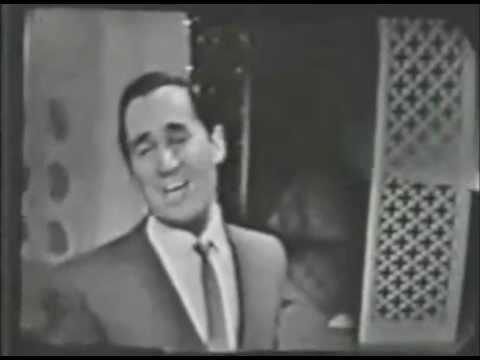Neil Sedaka (born March 13, 1939) is an American pop singer, pianist, and songwriter. His career has spanned over 50 years, during which time he has written many songs for himself and others, often working with lyricists Howard Greenfield and Phil Cody.
Sedaka was born in Brooklyn, New York. His father, Mac Sedaka, a taxi driver, was the son of Turkish Jewish immigrants; his mother, Eleanor (Appel) Sedaka, was of Polish-Russian Jewish descent. He grew up in an apartment in Brighton Beach, Brooklyn. He is the cousin of singer Eydie Gorme.
He demonstrated musical aptitude in his second-grade choral class, and when his teacher sent a note home suggesting he take piano lessons, his mother took a part-time job in an Abraham & Straus department store for six months to pay for a second-hand upright. He took to the instrument immediately. In 1947, he auditioned successfully for a piano scholarship to the Juilliard School of Music’s Preparatory Division for Children, which he attended on Saturdays. He also maintained an interest in popular music, and when he was 13, a neighbor heard him playing and introduced him to her 16-year-old son, Howard Greenfield, an aspiring poet and lyricist. The two began writing together.
After graduating from Lincoln High School, Sedaka and some of his classmates formed a band called The Tokens. The band had minor regional hits with songs like “While I Dream”, “I Love My Baby”, “Come Back Joe”, and “Don’t Go”, before Sedaka launched out on his own in 1957. However, after a few personnel changes, in 1961, The Tokens would hit #1 on the Billboard pop charts with the international smash “The Lion Sleeps Tonight”. Meanwhile, the very young Sedaka’s first three solo singles, “Laura Lee”, “Ring-a-Rockin'”, and “Oh, Delilah!” failed to become hits (although “Ring-a-Rockin'” earned him his first of many appearances on Dick Clark’s American Bandstand). But they demonstrated his ability to perform as a solo singer, so RCA Victor signed him to a recording contract.
His first single for RCA, “The Diary” (a song he offered to Little Anthony and the Imperials), reached #14 on the Billboard charts in 1958-59. His second single, “I Go Ape”, was a modest success at #42, and his third single, “Crying My Heart Out for You”, was a flop at #111. Desperate for a hit, he bought several hit singles and listened to them over and over, studying the chord progressions and lyrics to figure out what made them so popular. Based on that, he crafted a new song, “Oh! Carol”, dedicated to his then-girlfriend and fellow pop star, Carole King. The song reached #9 on the charts. (Carole King would respond with the answer song, “Oh, Neil!” later that year.)
Sedaka kept churning out new hits from 1960 to 1962. The best known are “Stairway to Heaven” (#9, 1960); “Calendar Girl” (#4, 1961); “Little Devil” (#11, 1961); “Happy Birthday Sweet Sixteen” (#6, 1961); his signature song, “Breaking Up Is Hard to Do” (#1, 1962); and “Next Door to an Angel” (#5, 1962). He also had modest successes with “You Mean Everything to Me” (#17, 1960); “Run Samson Run” (#27, 1960); “Sweet Little You” (#59, 1961); and “King of Clowns” (#45, 1962). RCA issued four LPs in the US and Britain of his works during this period, and also produced a Scopitone video of “Calendar Girl”.
Between 1960 and 1962, Sedaka had eight Top 40 hits, but after the success of “Next Door to an Angel,” he would not see the Top 10 again in the 1960s. His singles for 1963 were modest successes: “Alice in Wonderland” (#17), “Let’s Go Steady Again” (#26), “The Dreamer” (#47), and “Bad Girl” (#33). ~SOURCE: Wikipedia (There is a lot more about Sedaka there)
PLEASE NOTE: I divided my uploads among multiple channels, Bookmark this link in your browser for instant access to an index with links to all of John1948’s oldies classics. LINK: http://john1948.wikifoundry.com/page/John1948%27s+Youtube+Index
source

